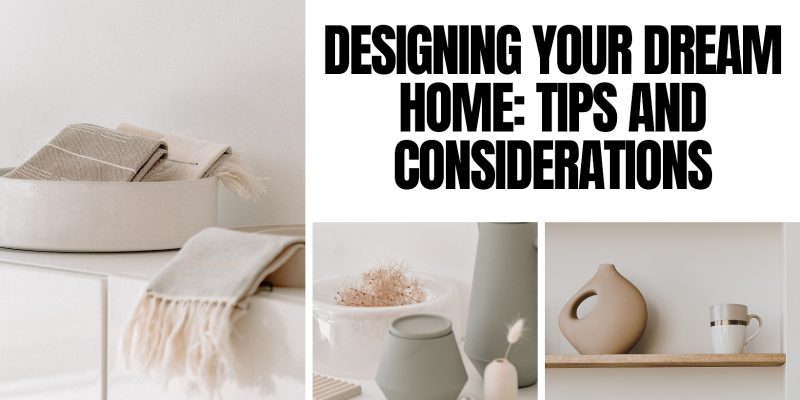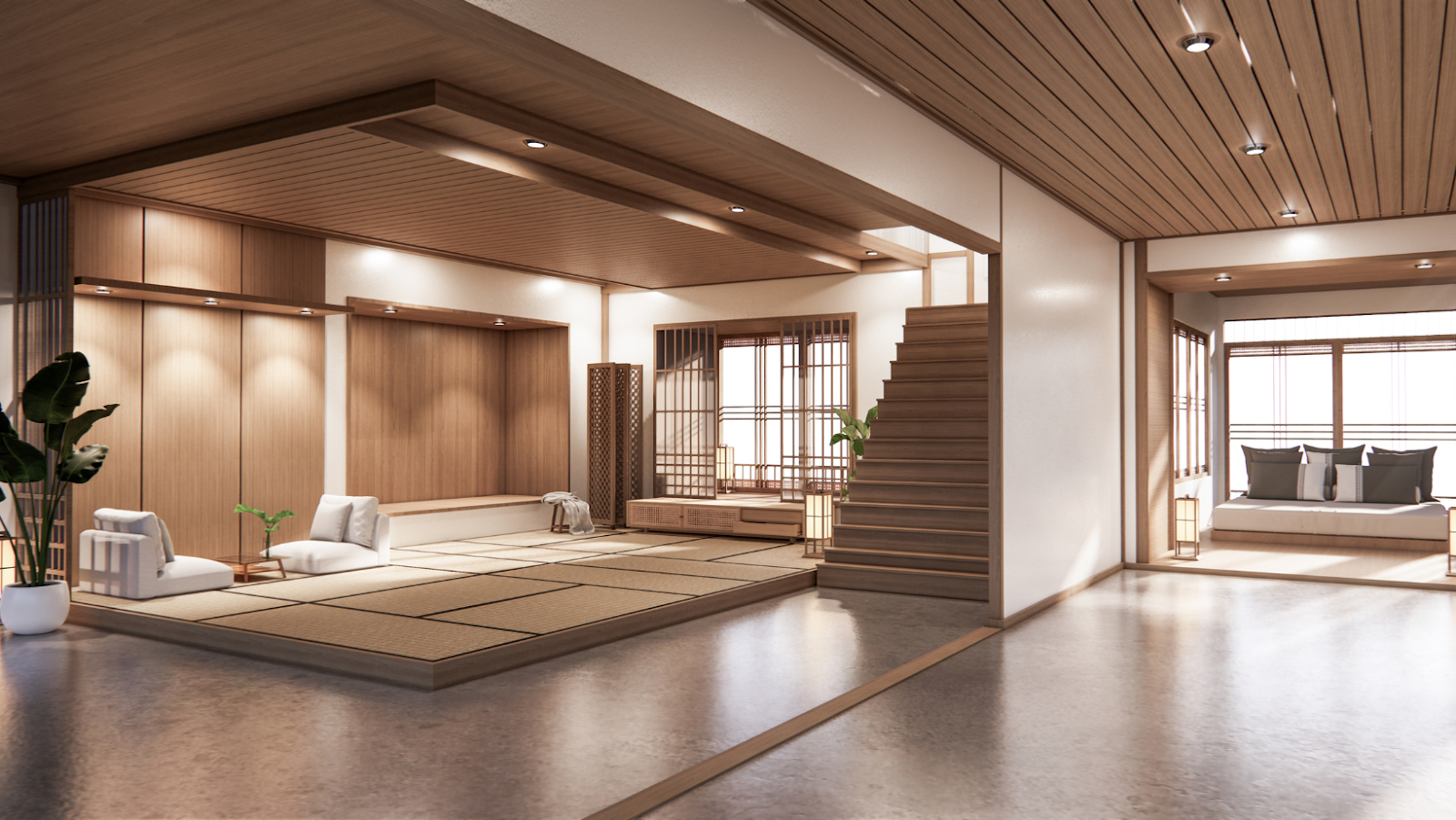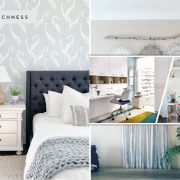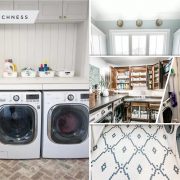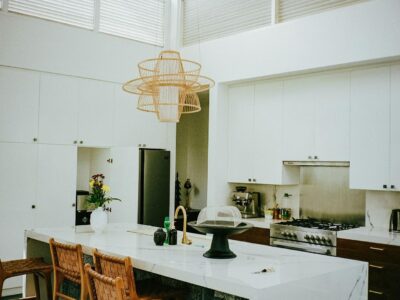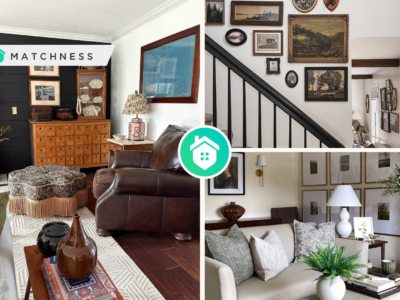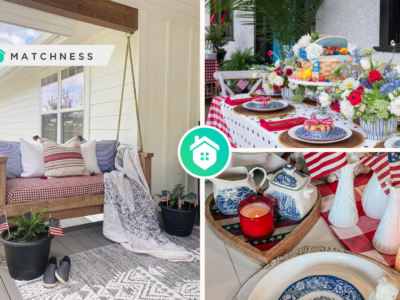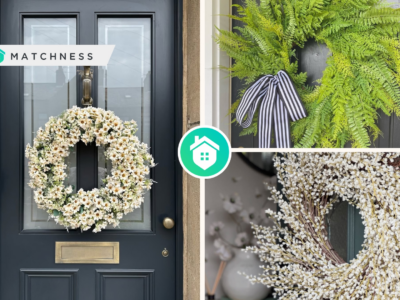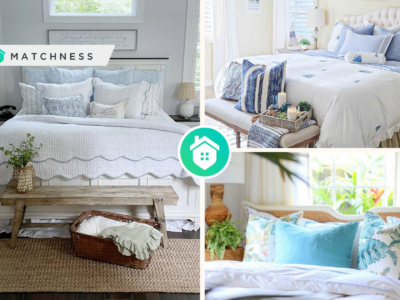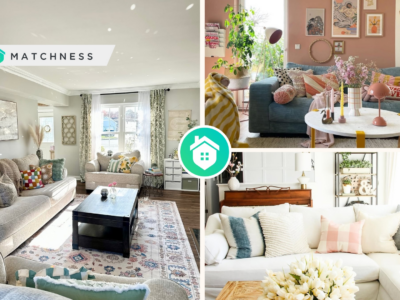A dream home can be an exciting and rewarding experience but also overwhelming and challenging. With so many things to decide, from selecting the right materials and finishes to determining your design style, it is easy to feel overwhelmed. Planning and consideration make building an aesthetically pleasing and practical house possible.
Importance of Designing Your Dream Home
A residence is more than a mere necessity. It reflects who you are and is necessary to significantly improve your quality of life and pleasure. Designing your ideal home enables you to make it functional, visually appealing, and personally satisfying.
With the help of a custom house builder, you can rest assured that your ideal home will be aesthetically pleasing, practical, and one of a kind.
The expertise of Elk Ridge Custom Homes can be invaluable in this situation. Elk Ridge Custom Homes have the knowledge, skills, and experience to help you with every step of the building process. They will consider your way of life, family composition, and future aspirations as they design the house of your dreams.
What to Consider When Designing Your Dream Home?
1. Determine Your Design Style
Identifying your personal design aesthetic is essential while conceptualizing your ideal home. Your chosen design style will affect your home’s final appearance and be a compass for your subsequent decisions.
Design styles to consider:
Traditional: Traditional design features intricate moldings, rich timbers, and exquisite furnishings. This design uses warm, neutral colors and symmetrical layouts.
Modern: Modern design features clean lines, minimalism, and industrial materials like concrete and metal. Technology and neutral colors are common in this design.
Transitional: Traditional and modern features combine to produce a timeless, elegant aesthetic. Neutral colors, various textures, and ornate and essential components characterize this style.
Farmhouse: Reclaimed wood, shiplap, and old fixtures are used in farmhouse decor. Barn doors, farmhouse sinks, and neutral colors characterize this style.
Coastal: Beach-inspired coastal style uses bright, airy colors like blues and whites. Wood, wicker, stripes, and rope are common in this design.
Bohemian: Eclectic, colorful, and free-spirited, bohemian design. This style mixes patterns, textures, and colors with tapestries, plants, and vintage furniture.
When creating your custom design home plans, choosing a design aesthetic that reflects your personality and style is essential. This choice is the first step in unlocking the full design potential of your ideal custom home.
2. Consider Your Lifestyle Needs
Consider how you live when planning your custom design home plans for your ideal house. Your home must be aesthetically pleasing and helpful for your needs. When envisioning your perfect home, consider the following aspects of your daily life:
Family size: Consider whether you need more space for future development. A playroom or homework area may be helpful if you have kids.
Work from home: You may require a home office or dedicated workspace if you work from home. This might help you focus and separate work and home life.
Entertaining: If you want to entertain, choose an open floor design with easy flow between living areas. A gourmet kitchen, large dining room, or outdoor living area for entertaining visitors may also be desirable.
Hobbies and interests: Think about how you might combine your hobbies and interests into your home design. For instance, you may want a professional kitchen with high-end appliances if you like cooking.
Accessibility: If you or a family member has mobility challenges, consider adding larger entrances, bathroom grab bars, and ramps or elevators.
3. Budgeting and Planning
When planning for your custom home building project, it’s crucial to determine your custom home building cost and budget accordingly. In addition to the construction cost, you’ll need to factor in expenses such as land acquisition, permits, and fees. Budgeting a little extra for unforeseen expenses during the building process is always wise.
Once you have established your budget, start planning your dream home by creating a list of must-have features and prioritizing them. This will help you make informed decisions when selecting materials and finishes.
4. Working With a Custom Home Builder
A custom home builder simplifies and enhances the house-building process. A planning professional can develop a plan that fits your needs and preferences, ensuring your vision is realized exactly as you intended.
Hire a custom home builder based on their education, work history, and portfolio. Meet with potential candidates and discuss the project while feeling at ease with them. During the design phase, keep in touch with your designer or architect as much as possible.
5. Selecting the Right Materials and Finishes
One of the steps in the custom design home plans process is selecting the right materials and finishes for your dream home. Choose materials that will endure a long time without much upkeep. Tile floors are low-maintenance and simple to clean compared to hardwood.
Considering how a finish will look with the rest of the home’s design elements is important. When deciding on a finish, contemplate color, texture, and pattern. Mix and match different coatings to make a one-of-a-kind creation.
6. Embracing Technology and Innovation
When building your dream home, architects and other construction industry professionals must remain consistently current on developing trends. As technology grows, your home’s convenience, security, and overall efficiency may benefit from installing “smart home” devices.
Automating lighting, heating, and security systems in a smart home can help homeowners save time and money. If you want more fun and find it easier to maintain your ideal home, you should consider incorporating current technology.
7. Maximizing Your Home’s Curb Appeal
The exterior of your residence is equally as significant as its interior. Maximizing your home’s curb appeal can increase its value and make a great first impression. Consider landscaping, entryway design, and exterior finishes when designing your dream home’s exterior. Choosing the right finishes and colors can add character and charm to your home, while a well-designed entryway can create an inviting home.
Increasing your home’s curb appeal increases its aesthetic and market value.No matter if you intend to sell soon or not, improving curb appeal is wise.
Conclusion
Designing the home of your dreams takes a lot of time, money, and effort. Your home should reflect your personality, improve your quality of life, and increase value with careful planning.
With custom design home plans, you can create the home of your dreams that is both stylish and attractive.
Consult a professional architect or custom home builder for direction. With their advice and these factors, designing your ideal home is a breeze.


